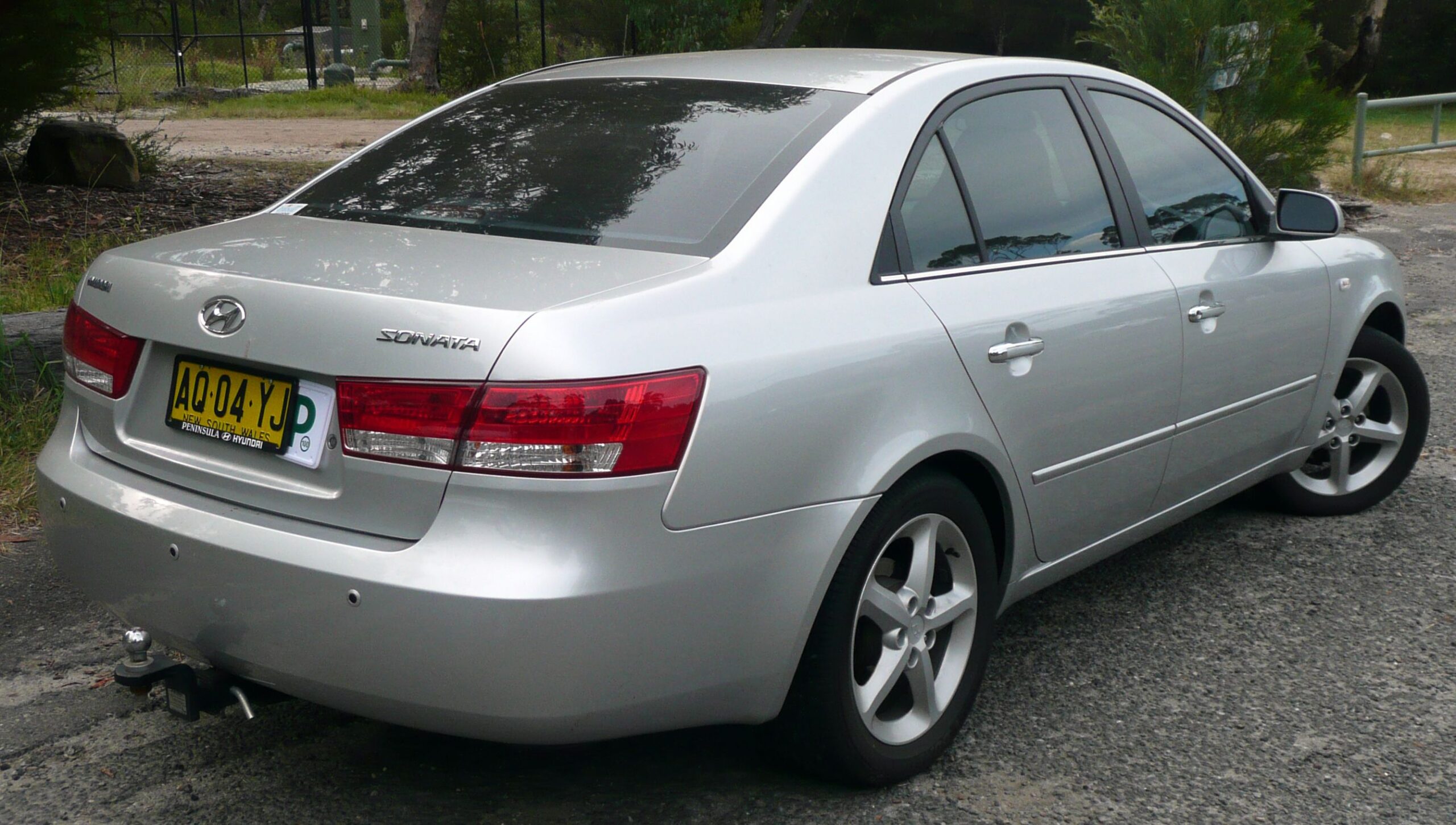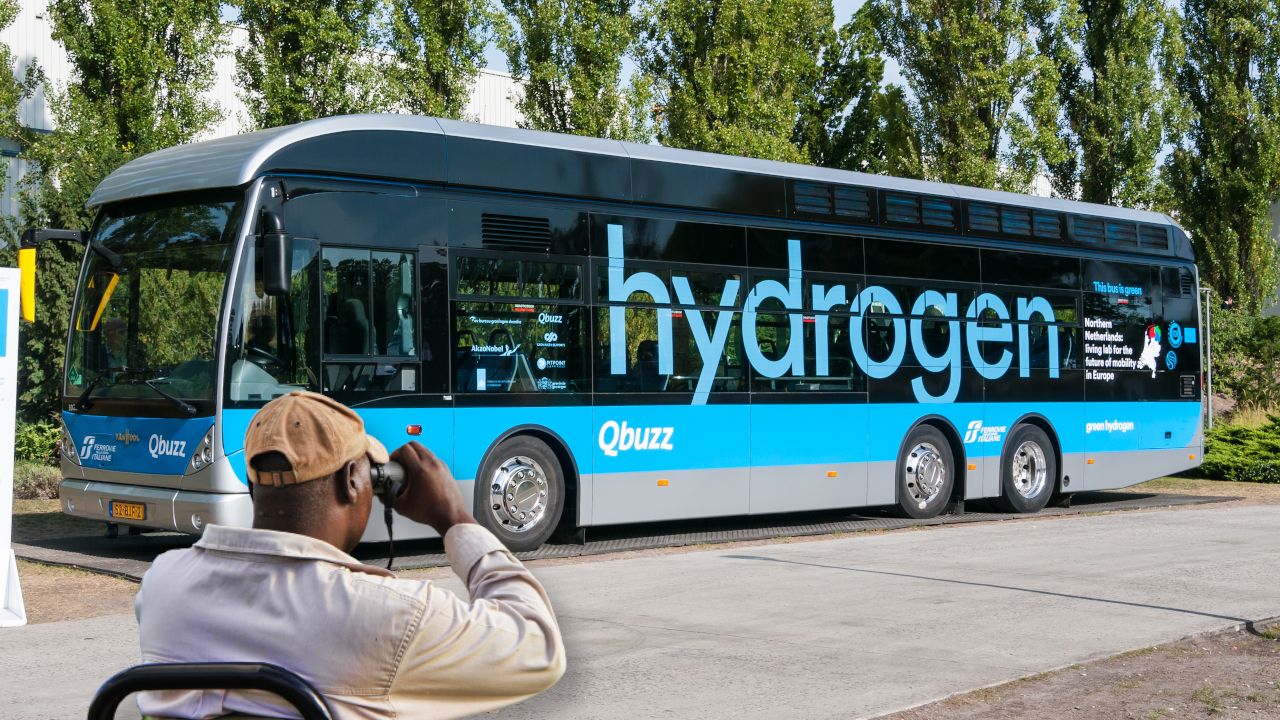
Hybrid vehicles have carved a significant niche in the automotive market, lauded for their compelling blend of enhanced fuel efficiency and reduced environmental emissions. They represent a sophisticated engineering marvel, seamlessly pairing a battery-fueled electric motor with a traditional internal combustion engine to propel the vehicle. This innovative design offers valuable benefits in both performance and efficiency, often making them an attractive option for consumers seeking to reduce their carbon footprint and save on fuel costs.
However, a common issue contributing to consumer resistance and a primary concern for long-term owners is the specter of paying thousands of dollars to replace the battery somewhere down the road. Just as with the human heart, a hybrid’s battery—often considered the heart of the vehicle—can be abused through neglect and improper use, such as overcharging it and exposing it to extreme temperatures. While modern hybrid batteries are designed for longevity, understanding their potential liabilities, especially as vehicles approach and surpass the 8-year mark, is crucial for any owner or prospective buyer.
This in-depth guide is designed to empower consumers with clear, data-driven insights into the challenges and realities of hybrid battery ownership. We aim to demystify the factors that influence battery lifespan, the warning signs of impending issues, and practical strategies to mitigate potential financial burdens. By understanding these critical aspects, drivers can make informed decisions, ensuring their hybrid vehicle continues to deliver reliable and efficient performance for years to come, long after the initial glow of new ownership fades.

1. **The Inevitable Reality of Hybrid Battery Degradation Over Time**Like virtually all power cells, from the smallest smartphone battery to the complex power packs in electric vehicles, hybrid batteries are subject to an unavoidable process of degradation over time and use. This isn’t a sudden failure in most cases, but a gradual decline in their ability to hold a charge. The cold, hard truth is that while total hybrid battery failure is uncommon, the charge-holding capability of these batteries diminishes with age, leading to a reduction in their overall efficiency and the vehicle’s electric-only range.
Over time, as the battery experiences more charge and discharge cycles, each cycle contributes to this degradation. This process, often referred to as capacity loss, is a natural consequence of battery chemistry, particularly for lithium-ion technology, which is prevalent in more recent hybrid models. As capacity declines, the vehicle’s electric motor may not provide as much assistance, forcing the internal combustion engine to work harder and more frequently, thereby negating some of the core benefits of hybrid ownership.
This degradation manifests as a decrease in the battery’s maximum charge capacity. Many car companies’ coverage actually begins once a battery’s charge capacity degrades to a certain percentage of the original maximum, even if it hasn’t completely failed. For instance, Kia’s hybrid battery warranty comes into play when the battery charge capacity drops below 70%, if the warranty is still in effect. This highlights that degradation is a recognized and warrantied aspect of battery life, underscoring its inevitability.
Read more about: Debunking the Three-Year Myth: 12 Crucial Insights into Enduring EV Battery Life and Performance

2. **The High Financial Impact of Hybrid Battery Replacement**One of the most significant concerns for hybrid vehicle owners is the potential cost associated with battery replacement. This specter of a substantial future expense is a major factor contributing to consumer resistance to hybrids, and it’s not without basis. Hybrid and EV batteries are complex and expensive to manufacture, translating directly into high replacement costs. While hybrid batteries typically cost less than those for fully electric vehicles, the price tag can still be considerable.
Depending on the make and model of the vehicle, owners can expect to spend somewhere between $2,000 and $8,000 to replace a failed hybrid battery. This figure does not include the additional costs of installation, which will vary based on labor time and the shop’s rates. Such a significant expenditure can erase years of fuel savings if not anticipated or covered by a warranty, making the long-term financial planning for hybrid ownership critically important.
However, there are also various replacement options that come with different price points and risks. New replacement batteries, purchased directly from the manufacturer or a certified dealer, are the most expensive but offer a new battery with a fresh warranty. More affordable options include remanufactured or refurbished batteries, which use components of an old battery but have faulty cells replaced, typically costing between $1,500 and $4,000 with shorter warranties. The cheapest but riskiest option is a used battery from salvaged vehicles, where the history and remaining life are uncertain, and warranties are minimal, if any.
Read more about: Is Your Toyota Affected by Urgent Safety Recalls? A Deep Dive into Critical Braking Components and Other Key Issues

3. **Recognizing the Early Warning Signs of Hybrid Battery Failure**Being attuned to the warning signs of an ailing hybrid battery can save owners from being unexpectedly stranded and allow for proactive intervention. Modern hybrid vehicles are equipped with sophisticated diagnostic systems designed to monitor battery health closely. When these systems detect an issue, they are programmed to alert the driver, often through dashboard indicators. Prompt recognition and action upon these signals are paramount to addressing potential problems before they escalate into major failures.
One of the most immediate and common indicators of battery trouble is the illumination of dashboard warning lights. These can include a general “Check Hybrid System” light or a specific battery warning symbol. These alerts are direct communications from the vehicle’s onboard computer, signaling that an inspection by a qualified professional is warranted. Ignoring these lights can lead to further degradation and potentially more costly repairs down the line.
Beyond visual warnings, changes in vehicle performance can also signal battery degradation. A noticeable decrease in fuel economy is often one of the first and most easily observed signs. As the battery’s capacity diminishes, the car relies more heavily on its gasoline engine, resulting in significantly lower miles per gallon than previously experienced. Similarly, a reduction in power or acceleration, where the electric motor provides less assistance, can make the vehicle feel sluggish, particularly when attempting to accelerate rapidly. Other, less common but equally important, signs include fluctuating state of charge indicators, where the battery level appears erratic, or the gasoline engine running more frequently than usual, even at low speeds or when idling.
Read more about: Don’t Get Shocked: Decoding Hybrid Battery Replacement Costs and What You Need to Know

4. **The Detrimental Effects of Extreme Temperatures on Battery Longevity**Hybrid batteries, whether nickel-metal hydride (NiMH) or lithium-ion (Li-ion), are highly sensitive to temperature extremes. Repeated exposure to either very high or very low temperatures significantly impacts battery health and can accelerate degradation, directly reducing their lifespan and efficiency. Understanding and mitigating this environmental factor is a critical aspect of optimal battery care.
Extreme heat is particularly detrimental. High temperatures can accelerate chemical reactions within the battery cells, leading to a faster breakdown of components and a reduction in overall capacity. The ideal range for hybrid battery efficiency and performance is specified between 59 to 95 degrees Fahrenheit. The greater the temperature difference from this optimum range, the more severe the issues become. Repeated exposure to extreme heat wears out the battery, leading to permanent capacity loss and shortened longevity.
Conversely, exposure to extreme cold also degrades battery efficiency by reducing its range and radically increasing charging times. While the long-term structural damage from cold is typically less severe than from heat, it still negatively impacts performance. Vehicles equipped with effective battery cooling and heating systems tend to fare better in varying climates. Therefore, hybrid owners should be mindful of parking their vehicles in shaded areas during hot weather or, if possible, in a garage during extreme cold to minimize the battery’s exposure to adverse temperatures.
Read more about: Ignite Your Ride: The Ultimate Guide to Spark Plugs for Peak Engine Performance and MPG Savings
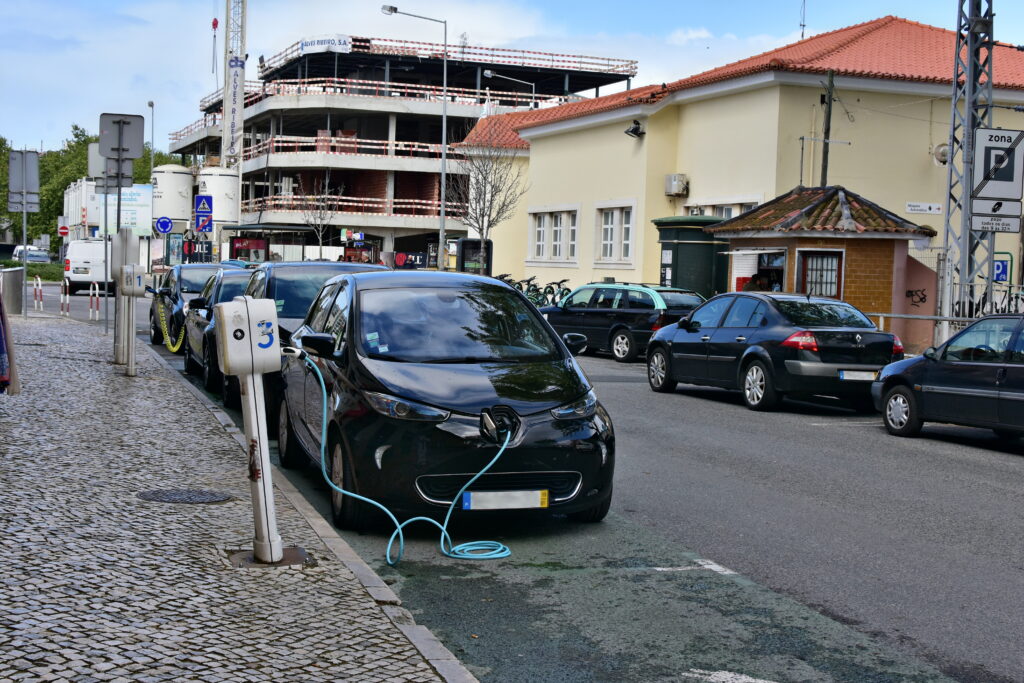
5. **How Charging and Discharging Habits Accelerate Battery Degradation**The way a hybrid battery is charged and discharged plays a significant role in its long-term health and lifespan, much like the battery in a smartphone. Certain habits can accelerate degradation, leading to premature capacity loss and the need for earlier replacement. For plug-in hybrid electric vehicles (PHEVs) in particular, which rely on external charging, mindful charging practices are essential to prevent unnecessary stress on the battery system.
One common pitfall is habitually charging the battery to 100% capacity. Most experts agree that repeated charging to a full 100% capacity reduces battery life. Many newer plug-in hybrids incorporate battery management systems that can cap charging to around 80% to protect the battery. If a PHEV lacks this feature, owners are advised to manually monitor the charging level and unplug the vehicle once it reaches approximately 80% to mitigate this stress. This practice helps to preserve the long-term chemical integrity of the battery cells.
Equally harmful is allowing the battery to completely drain to zero. Discharging a battery to such low levels is every bit as detrimental as overcharging it. A good rule of thumb for PHEV owners is to never let the charge level dip below 20%. Both overcharging and deep discharging place significant stress on the battery cells, accelerating wear and tear. Additionally, for PHEVs, minimizing the use of Level 3 DC fast charging is recommended. While convenient, force-feeding electric charge into a battery via fast chargers degrades the battery over time. Kia, for example, suggests that fast charging can reduce a battery’s life by roughly 10% over eight years compared to slower Level 2 charging, underscoring the importance of judicious charging habits for maximizing battery longevity.
Read more about: Debunking the Three-Year Myth: 12 Crucial Insights into Enduring EV Battery Life and Performance
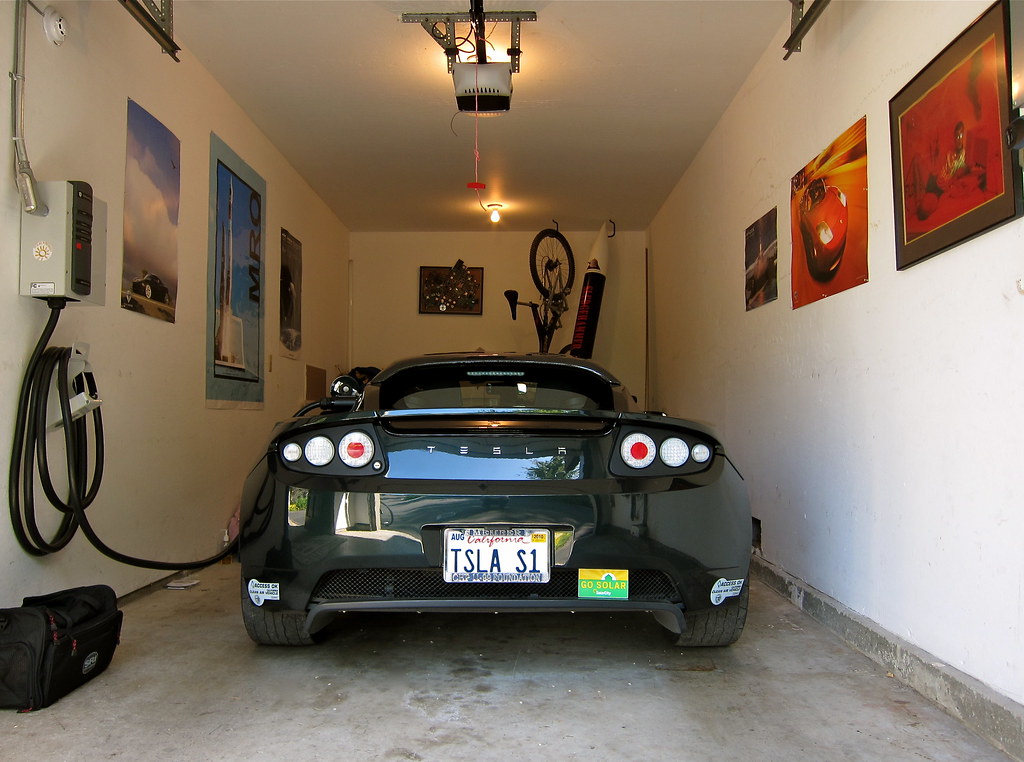
6. **The Significant Influence of Vehicle Mileage on Battery Lifespan**Beyond just the passage of time, the total mileage accumulated on a hybrid vehicle exerts a substantial influence on its battery’s lifespan and overall health. As a vehicle travels more miles, its hybrid battery undergoes a greater number of charge and discharge cycles. Each one of these cycles, though individually small, contributes incrementally to the battery’s gradual degradation over its operational life.
This wear and tear are a direct consequence of the battery’s chemistry, particularly prevalent in lithium-ion technology, which is common in many modern hybrids. Higher mileage typically correlates with more extensive usage, thereby accelerating the natural wear and tear on the battery components. The U.S. Department of Energy explicitly states that “battery degradation is primarily influenced by the number of charge cycles and the operating conditions—both of which correlate with vehicle mileage.” This connection underscores why mileage is such a critical factor in evaluating long-term battery performance.
While higher mileage can indicate increased stress, it’s also true that consistent use often contributes to better battery health. Regular driving helps maintain optimal battery efficiency and prevents issues that can arise from prolonged inactivity, such as deep discharge states. Conversely, low-mileage hybrids can sometimes face more battery issues precisely due to irregular charging cycles and extended periods of sitting idle, which can stress the battery in different ways. An average vehicle is projected to have around 200,000 miles of use, highlighting the long-term implications of mileage on battery life.
Effectively managing mileage-related battery damage requires a proactive approach. Drivers can mitigate some of these effects by adopting smooth driving habits, maintaining proper tire pressure, and ensuring regular vehicle check-ups. These practices help optimize the hybrid system’s performance, reducing unnecessary strain on the battery. Ultimately, understanding mileage as a key variable allows owners to make informed choices that can help preserve battery health throughout the vehicle’s operational life.
Read more about: Investor Alert: Unmasking the 15 High-Mileage Maintenance Traps That Can Sink Your Savings
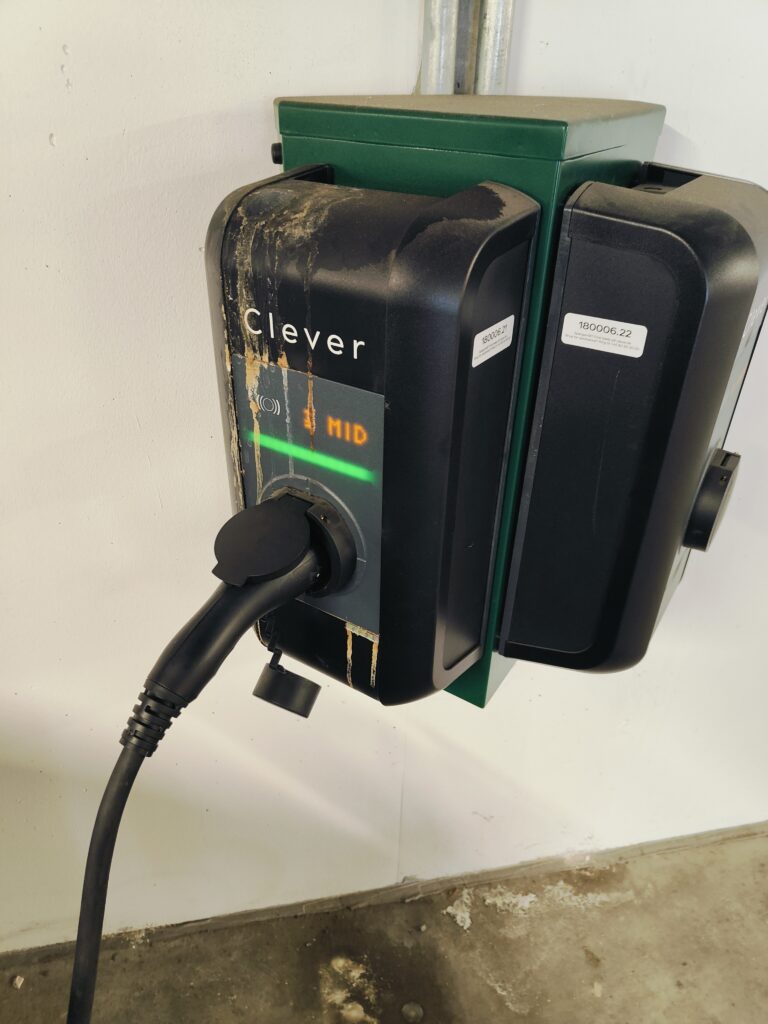
7. **Essential Maintenance Strategies to Maximize Hybrid Battery Health**While hybrid batteries are largely maintenance-free in terms of user interaction, implementing certain essential strategies is crucial for maximizing their health and extending their lifespan. Just like any sophisticated component in a vehicle, the surrounding systems and environmental conditions significantly impact the battery’s longevity. Proactive maintenance goes a long way in preventing premature degradation and costly replacements.
One of the most straightforward yet impactful maintenance tasks involves the battery’s cooling system. Hybrid batteries, whether nickel-metal hydride or lithium-ion, generate heat during operation, and effective cooling is paramount. The cooling fan is a key component, and its efficiency directly affects battery health. It’s imperative to ensure the battery case remains dirt-free and that the cooling fan, which includes a filter akin to an engine’s air filter, is periodically cleaned or replaced. This prevents obstructions that can lead to overheating, a major culprit in battery degradation.
Beyond direct battery components, the vehicle’s overall maintenance schedule, including regular software updates and recalibrations of the energy management system, plays a vital role. These updates can enhance energy usage and efficiency, optimizing how the battery operates. Clean connections on battery terminals are also crucial, as corrosion or dirt buildup can impede performance and electrical conductivity. Regularly checking and cleaning these terminals ensures better energy transfer and overall system efficiency.
For plug-in hybrid electric vehicles (PHEVs), maintenance also extends to mindful charging habits. While we touched upon avoiding overcharging and deep discharging in Section 1, consistent application of these rules is a maintenance strategy in itself. Never allowing the charge to dip below 20% and manually unplugging around 80% (if the vehicle lacks an automatic cap) are practical steps. Additionally, integrating “resting” the battery by occasionally driving solely on the combustion engine, even when charge is available, can reduce overall battery stress and prolong its life. Avoiding long periods of non-use, by at least running the engine every week or two for 20 to 30 minutes, is also critical to prevent total discharge and preserve battery integrity.
Read more about: Navigating the 2025 Convertible Market: Top Models That Retain Their Value Best Over Time
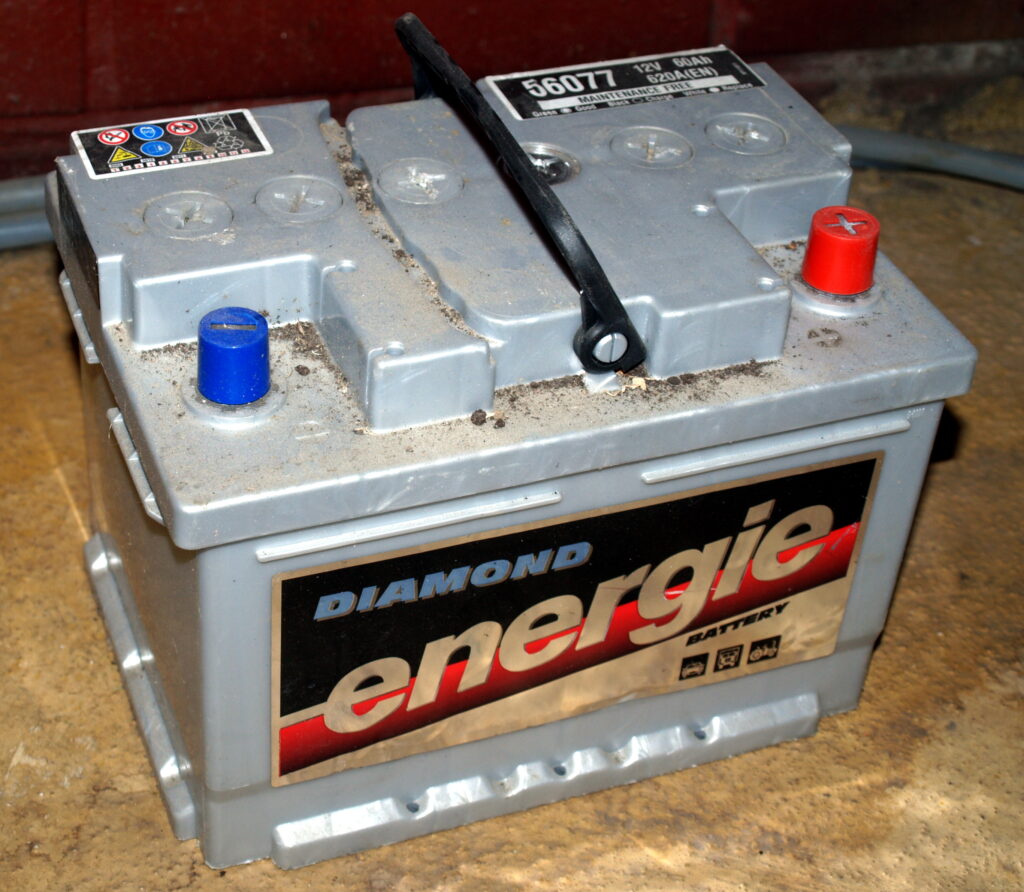
8. **Navigating Hybrid Battery Warranties and Their Post-8-Year Implications**Hybrid battery warranties represent a significant safeguard for consumers, offering peace of mind against the substantial cost of replacement. However, understanding the nuances of these warranties, particularly as a vehicle approaches and surpasses the 8-year mark, is crucial for financial planning and long-term ownership. These policies are designed to protect against premature failure or significant degradation, but their terms vary and can have considerable implications.
By federal law, carmakers are required to warranty hybrid and electric vehicle batteries for a minimum of 8 years or 100,000 miles, whichever comes first. This provides a baseline level of protection for most hybrid owners. However, some states, notably California, have even stricter mandates. Starting with the 2026 model year, California will require hybrid and EV batteries to recharge to at least 70% of their original capacity for 10 years or 150,000 miles, pushing manufacturers to offer more robust coverage. Toyota, for instance, has already adopted this standard, warrantying its hybrid and EV batteries for 10 years or 150,000 miles.
It’s important to note that total hybrid battery failure is uncommon. Instead, warranties often kick in when the battery’s charge-holding capability degrades to a certain percentage of its original maximum, not just when it completely fails. For example, Kia’s hybrid battery warranty activates if the battery charge capacity drops below 70%, provided the warranty is still in effect. This distinction is vital because it means owners don’t have to wait for a complete breakdown to seek a warranty claim, potentially mitigating performance issues sooner.
While these generous warranties are a definite advantage, covering much of the potential replacement cost, their expiration can leave owners facing significant out-of-pocket expenses. As hybrid batteries approach and exceed the 8-year or 100,000-mile threshold, they move closer to the end of their guaranteed life. This period often coincides with natural degradation, making it critical for owners to be aware of the warranty’s limits. For vehicles outside their warranty, the high financial impact of replacement, ranging from $2,000 to $8,000 for a new battery, becomes a direct consumer responsibility.
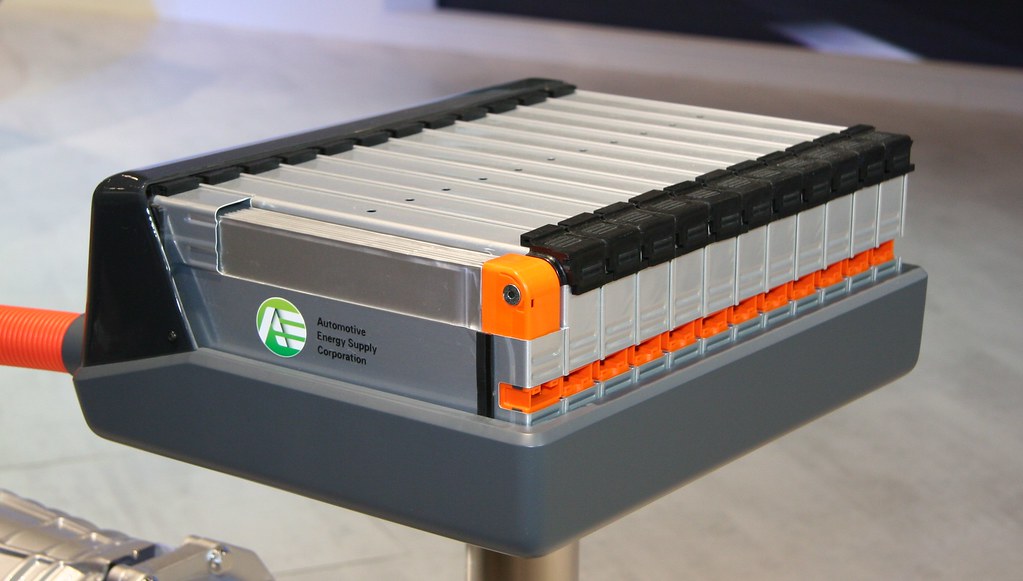
9. **Understanding Battery Life Variations Across Diverse Hybrid Models**The lifespan and performance of hybrid batteries are not uniform across all models; significant variations exist due to a combination of factors including battery type, vehicle design, and anticipated driving conditions. These differences underscore the importance of researching specific models when considering a hybrid purchase or assessing long-term ownership costs.
Fundamentally, hybrid vehicles primarily utilize one of two battery technologies: nickel-metal hydride (NiMH) or lithium-ion (Li-ion). Older or less expensive hybrids, such as many early Toyota Priuses, often employ NiMH batteries. These tend to be robust, with a typical lifespan of approximately 8-10 years or around 150,000 miles. While reliable, NiMH batteries can be more susceptible to heat degradation, which can impact their longevity in hotter climates or under strenuous driving.
In contrast, many newer hybrid models, including vehicles like the Honda Clarity, have transitioned to more advanced lithium-ion (Li-ion) batteries. These batteries offer higher energy density, meaning they can store more power in a smaller, lighter package. Under optimal conditions, Li-ion batteries often boast a longer lifespan, frequently exceeding 10 years and even 200,000 miles. Their performance, however, is still sensitive to specific temperature ranges, necessitating sophisticated thermal management systems within the vehicle’s design to ensure optimal longevity.
Beyond battery chemistry, the overall vehicle design and its intended use also play a role. A hybrid designed for city driving with frequent stop-and-go conditions might stress the battery differently than one primarily used for highway cruising. Climate control systems for the battery itself also vary between models, directly influencing how well the battery withstands extreme temperatures. A well-engineered cooling system can significantly extend battery life, regardless of the underlying chemistry.
For prospective buyers and current owners, understanding these model-specific differences is crucial for managing expectations regarding long-term battery health and potential replacement costs. While all hybrids offer advantages like reduced fuel consumption and lower emissions, the variations in battery durability and cost of replacement, which can range from $1,000 to $6,000 for some models according to a Consumer Reports study in 2021, can significantly impact the total cost of ownership.
Read more about: Navigating the 2025 Convertible Market: Top Models That Retain Their Value Best Over Time
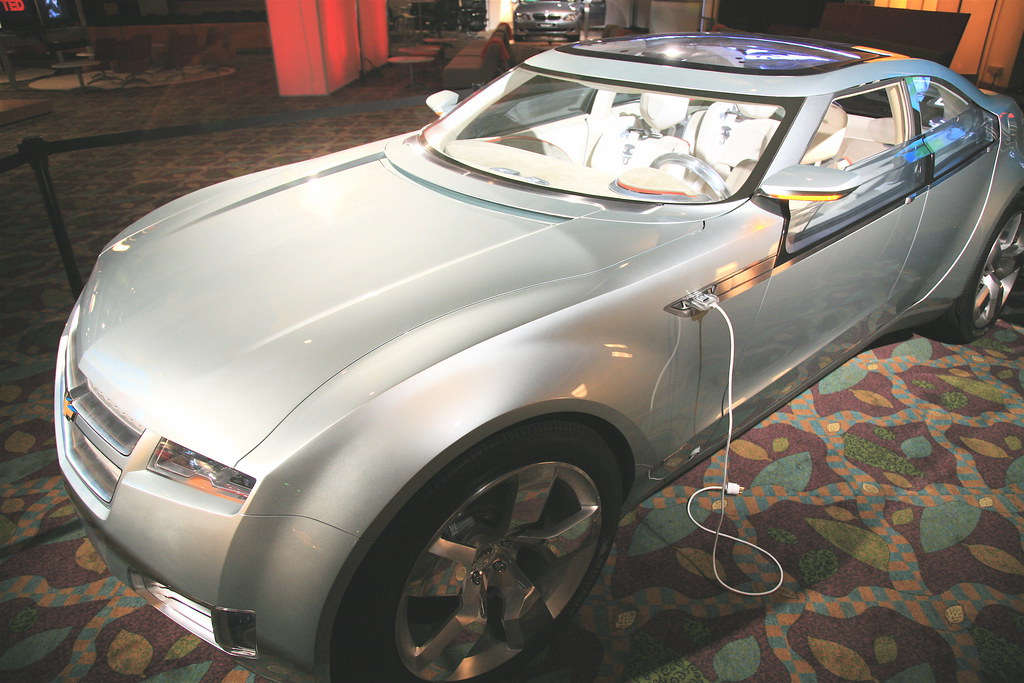
10. **Driving Patterns: Optimizing Efficiency and Mitigating Battery Wear**The way a hybrid vehicle is driven significantly impacts its battery’s efficiency, longevity, and overall wear. Adopting optimized driving patterns isn’t just about saving fuel; it’s a critical strategy for mitigating battery degradation and ensuring the hybrid system operates as intended for years to come. Smooth and steady driving habits are paramount.
Aggressive driving, characterized by rapid acceleration and hard braking, places considerable stress on the hybrid battery. These actions force the battery to cycle rapidly between high discharge and recharge states, accelerating wear and tear on the cells. Conversely, a smooth and steady driving style allows the hybrid system to operate more efficiently, minimizing aggressive battery cycling. This means lighter pressure on the accelerator pedal and gentle, anticipated braking contribute directly to a healthier, longer-lasting battery.
One of the most powerful tools at a hybrid driver’s disposal is regenerative braking. This innovative feature captures kinetic energy typically lost during deceleration and converts it back into electricity, recharging the battery. Maximizing the use of regenerative braking, by gradually easing off the accelerator and allowing the system to recapture energy, not only enhances fuel efficiency but also reduces reliance on the conventional braking system and prolongs battery life by optimizing its charge cycles. It’s a win-win for both performance and longevity.
Furthermore, limiting frequent short trips can also be beneficial for battery health. Hybrid batteries perform best when they can engage in longer, more complete charge cycles and reach optimal operating temperatures. Frequent short drives, especially in stop-and-go traffic, may prevent the battery from reaching these ideal conditions, potentially contributing to premature wear. While modern battery management systems are designed to mitigate some of these effects, conscious driving choices can still make a difference.
For plug-in hybrids, avoiding long periods of non-use is another crucial driving pattern consideration. Even when parked, a hybrid battery can slowly deplete. If a PHEV is left idle for days or weeks without being run or charged, it risks deep discharging, which is detrimental to battery life. Making a habit of running the engine every week or two for 20 to 30 minutes, or ensuring appropriate charge levels if stored, helps maintain battery integrity. These optimized driving patterns, from smooth acceleration to leveraging regenerative braking and mindful use, collectively contribute to extending the life and efficiency of your hybrid battery.
**Our Take: Navigating the Hybrid Landscape with Confidence**
As we’ve explored, the journey of hybrid vehicle ownership comes with its unique set of considerations, particularly concerning the lifespan and health of its battery. While the prospect of a costly battery replacement might give some pause, the overarching message remains positive. Modern hybrid batteries are engineered for impressive longevity, often outlasting federal warranty requirements and providing years of reliable, fuel-efficient performance. The key lies in understanding the influencing factors and embracing proactive care.
From recognizing early warning signs and comprehending the impact of environmental extremes to mastering optimized driving patterns and diligently adhering to maintenance schedules, informed ownership empowers you to mitigate potential liabilities. The availability of robust warranties further sweetens the deal, often covering significant degradation or failure within the initial years of ownership. Moreover, advancements in battery technology and the increasing availability of remanufactured options are continually improving the long-term affordability and sustainability of hybrid vehicles.
Our deep dive into these nine critical aspects aims to equip you, the consumer, with the knowledge to make smart choices. Don’t let anxiety over future battery costs overshadow the compelling advantages hybrids offer in terms of reduced emissions and fuel savings. With a clear understanding of what to expect and how to maintain your vehicle’s most vital component, you can confidently enjoy the practical benefits of hybrid technology, ensuring your investment delivers reliable, efficient performance for the long haul.


